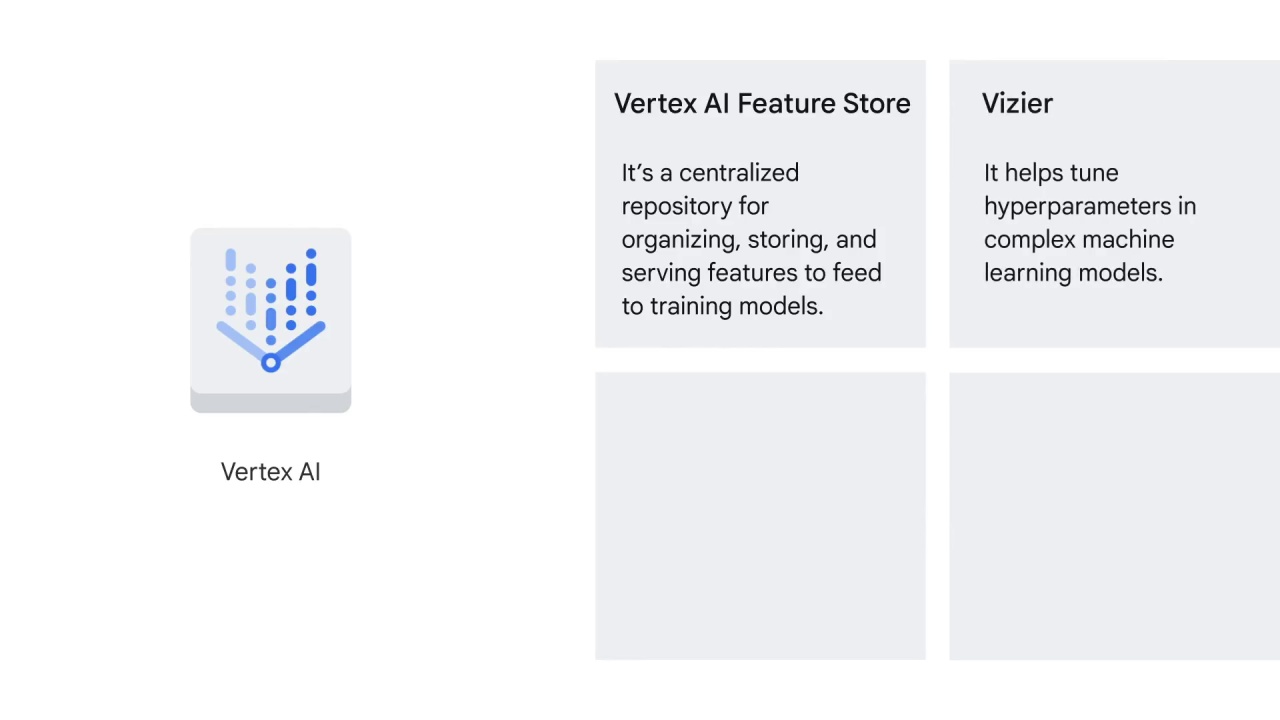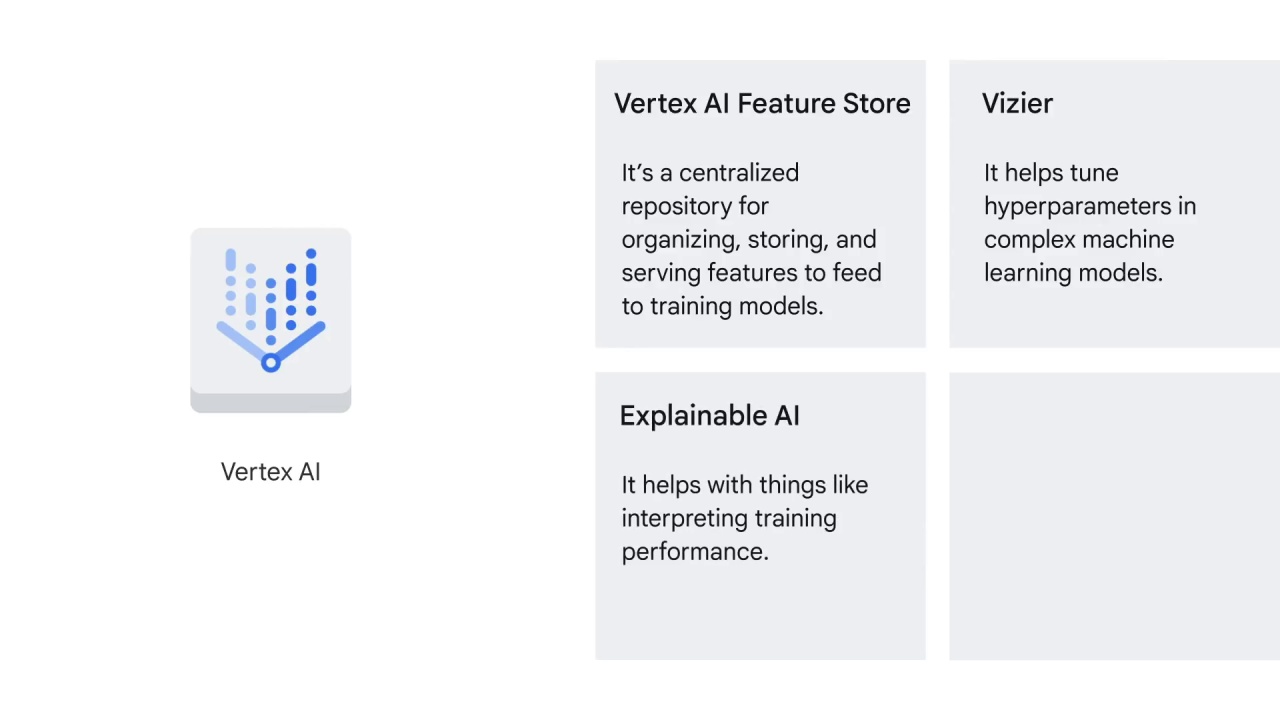Vertex AI
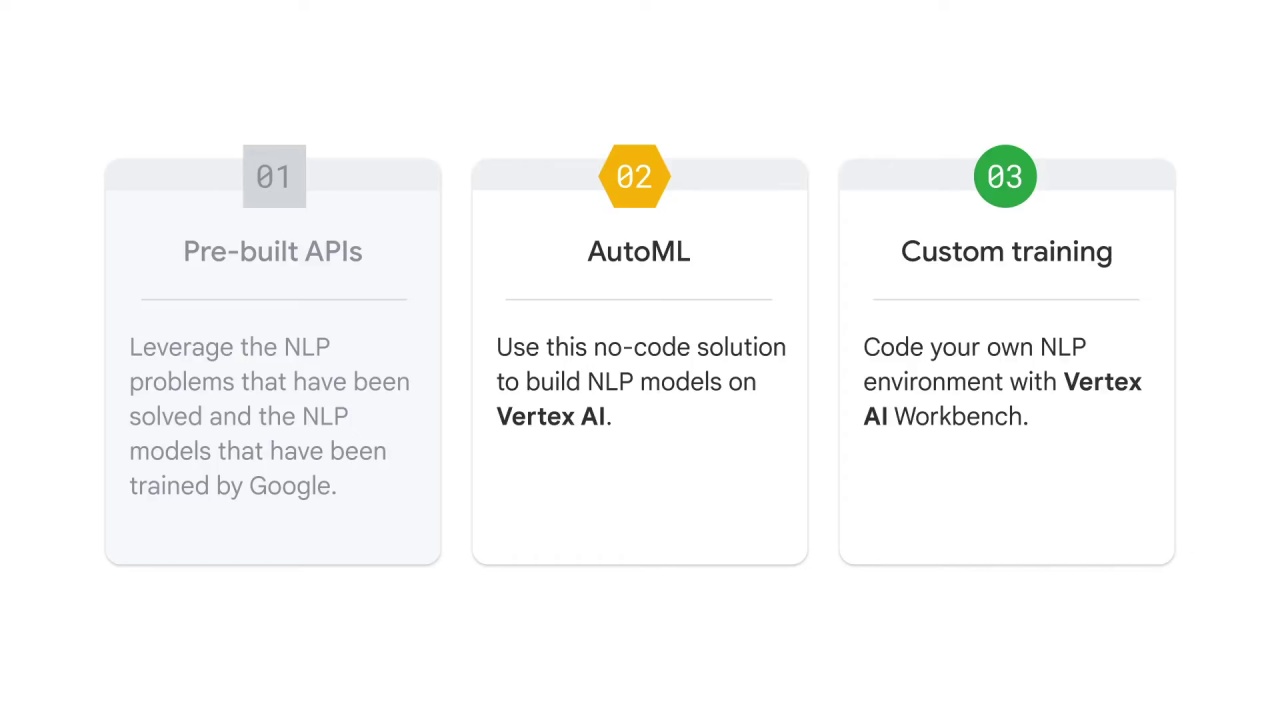
Vertex AI provides both, AutoML, a no-code solution, and custom training, a code-based solution.
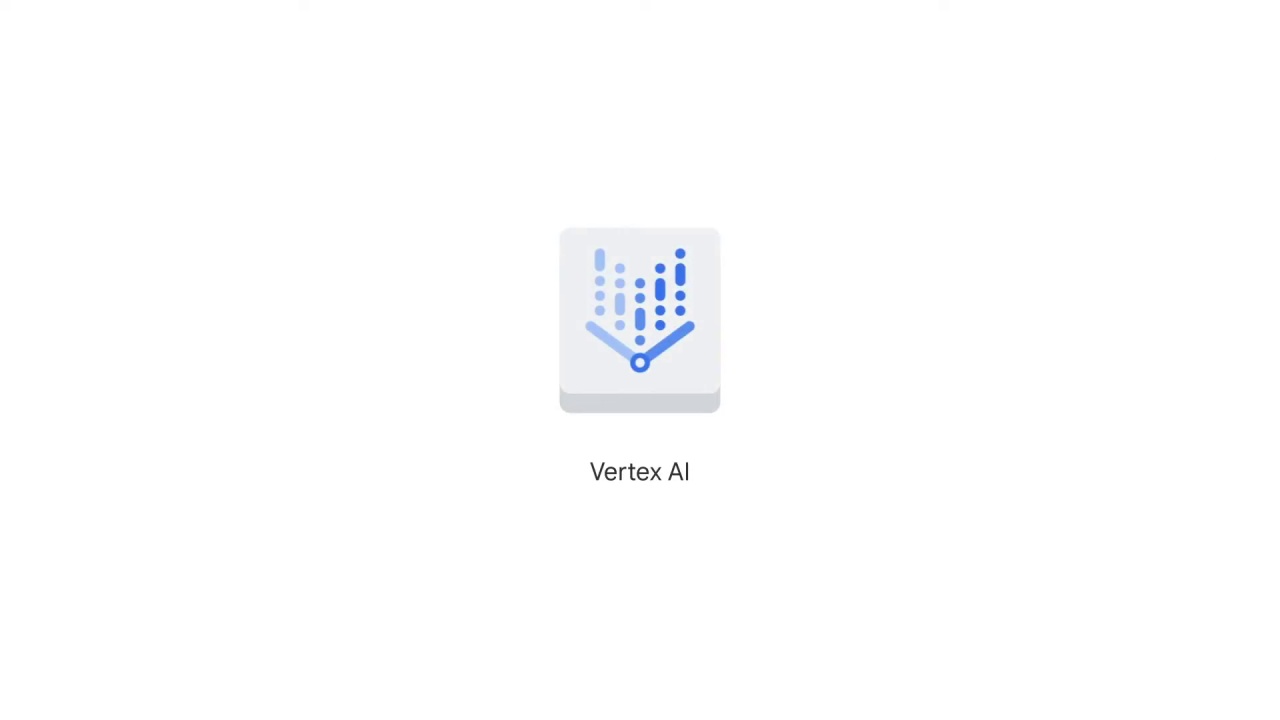
Let’s start with Vertex AI.
What are the problems it solves?
what are the benefits of using it? and finally
what are its key features?
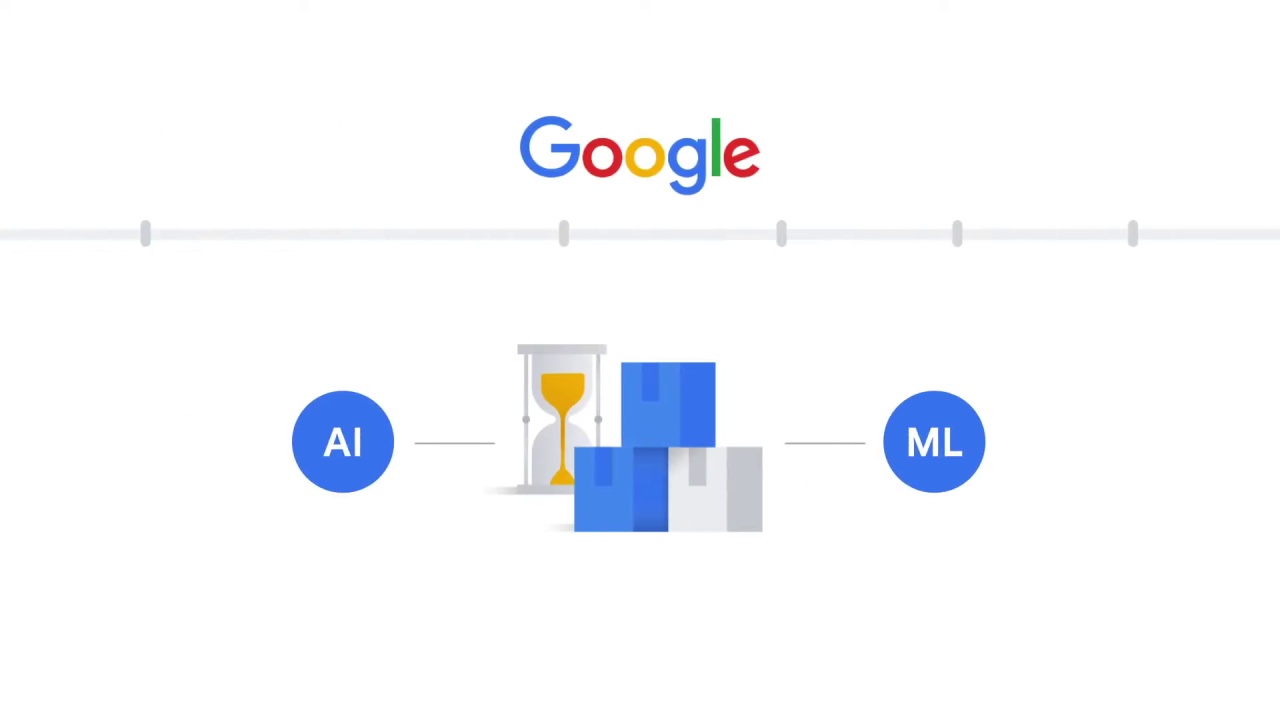
For years now, Google has invested time and resources into developing artificial intelligence (AI) and machine learning (ML).
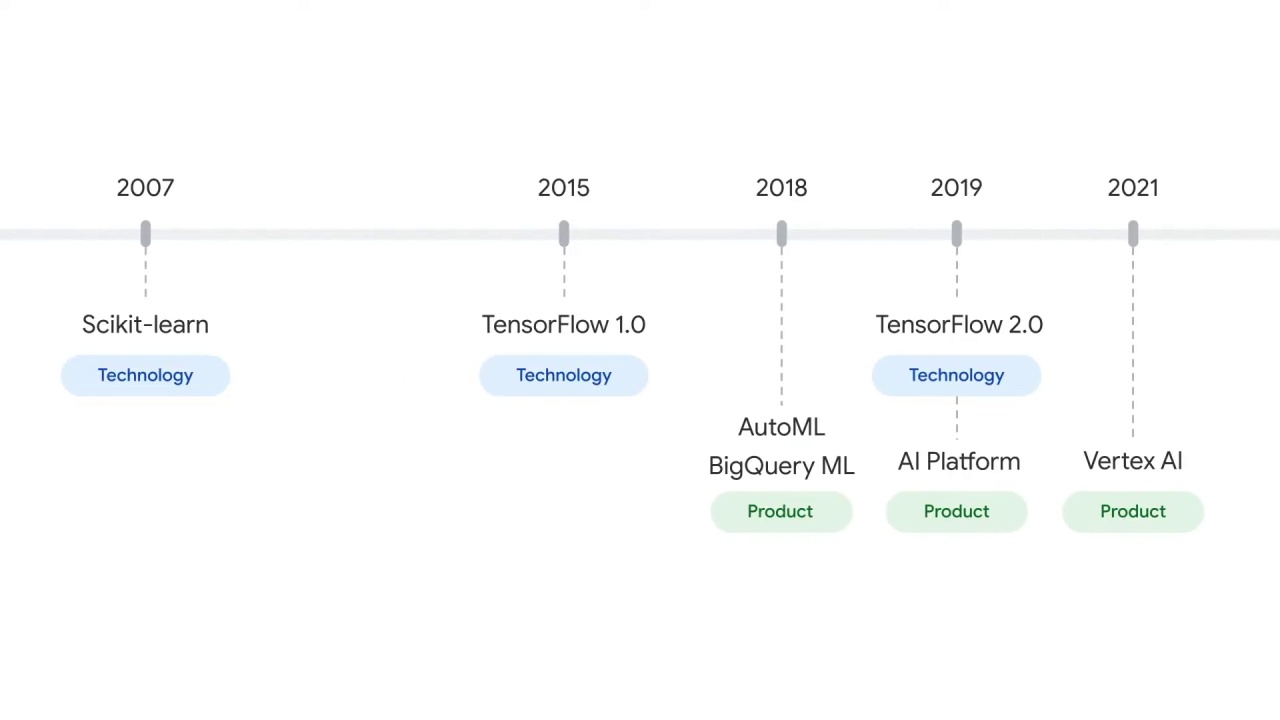
Google had developed and supported key technologies and products, from the development of scikit-learn as a Google summer coding project back in 2007, to TensorFlow 2.0 in 2019, and to Vertex AI in 2021.

As an AI-first company, Google has applied AI technologies to many of its products and services, such as
Gmail,
Google Maps,
Google Photos, and
Google Translate.
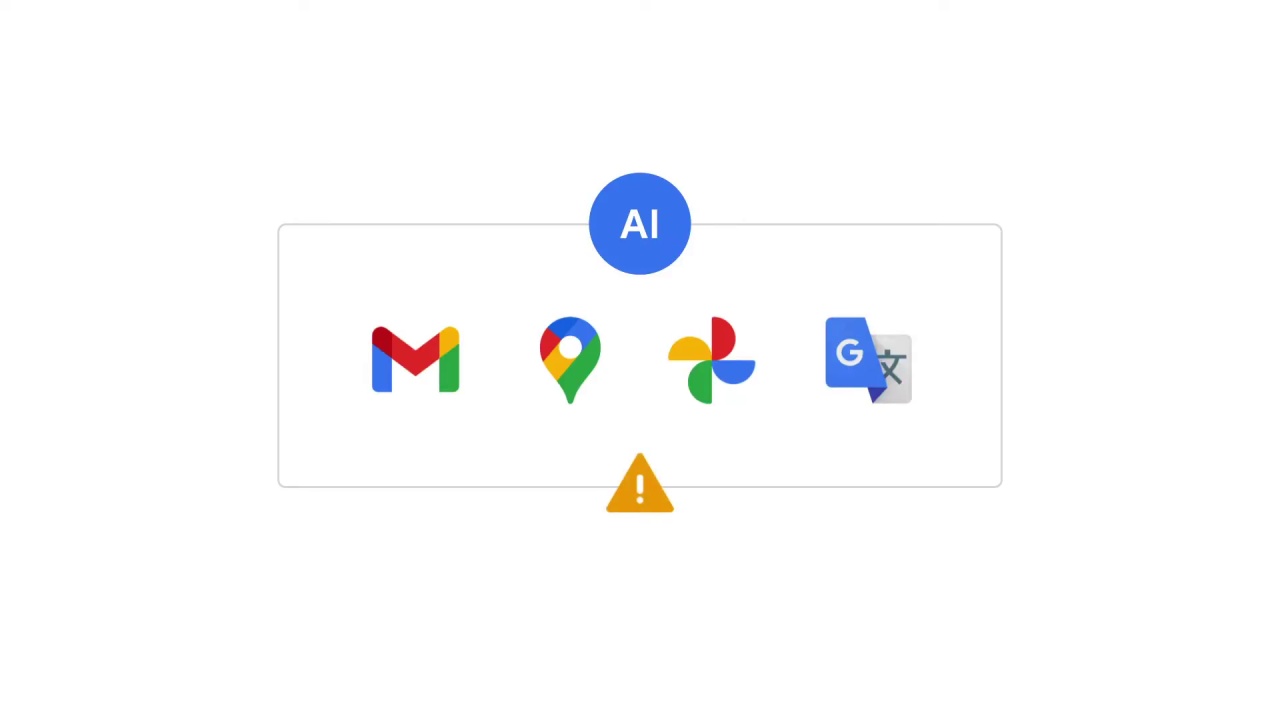
But developing these technologies doesn’t come without challenges, especially when it involves developing machine learning models and putting them into production.
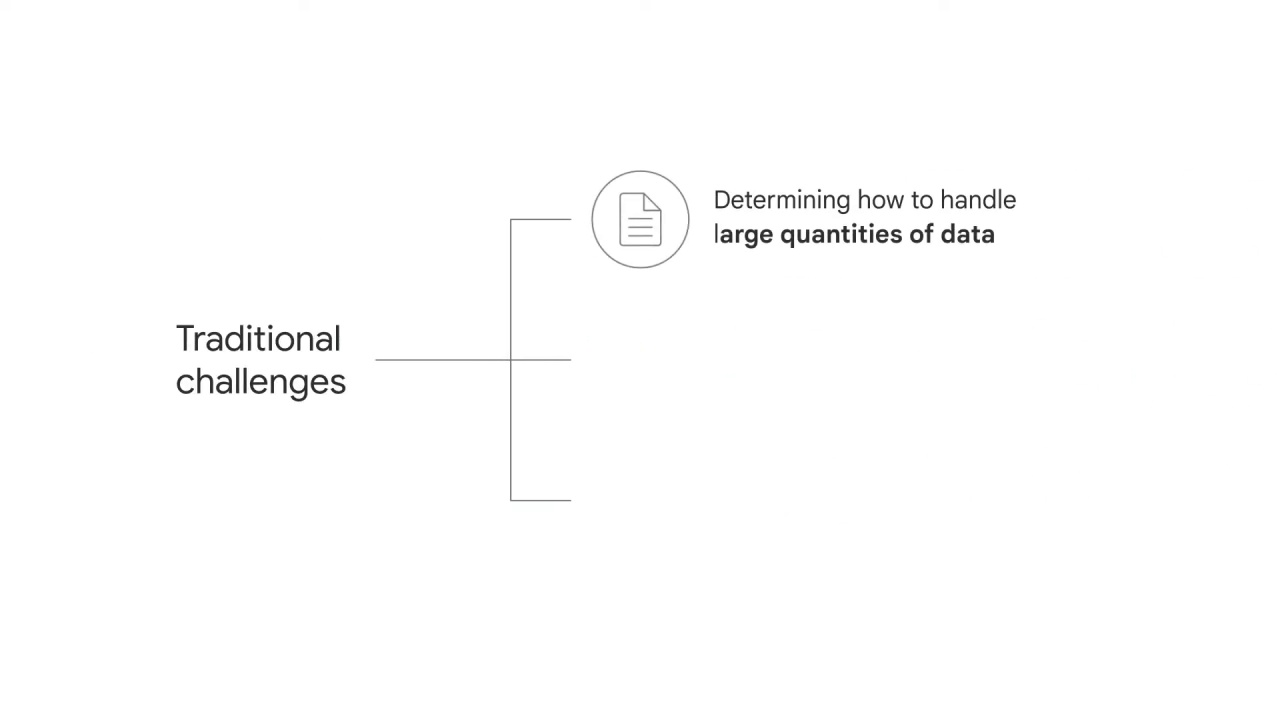
Some traditional challenges include determining how to handle large quantities of data,
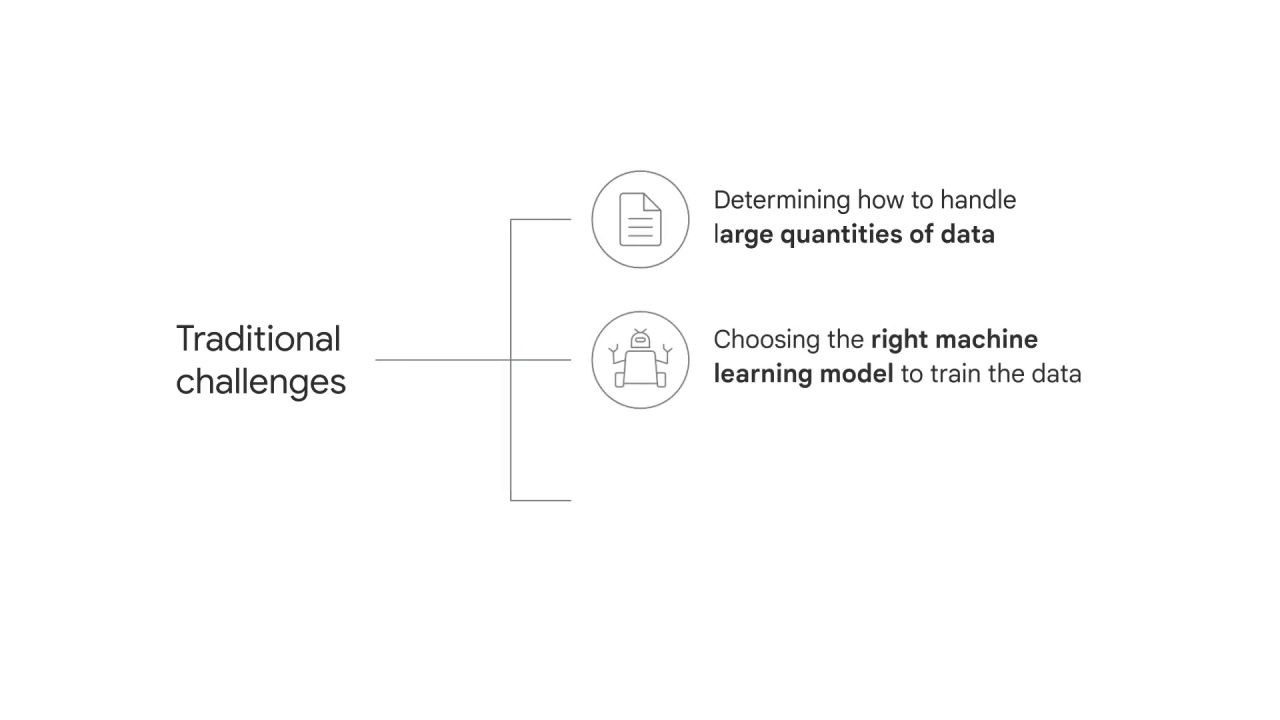
choosing the right machine learning model to train the data
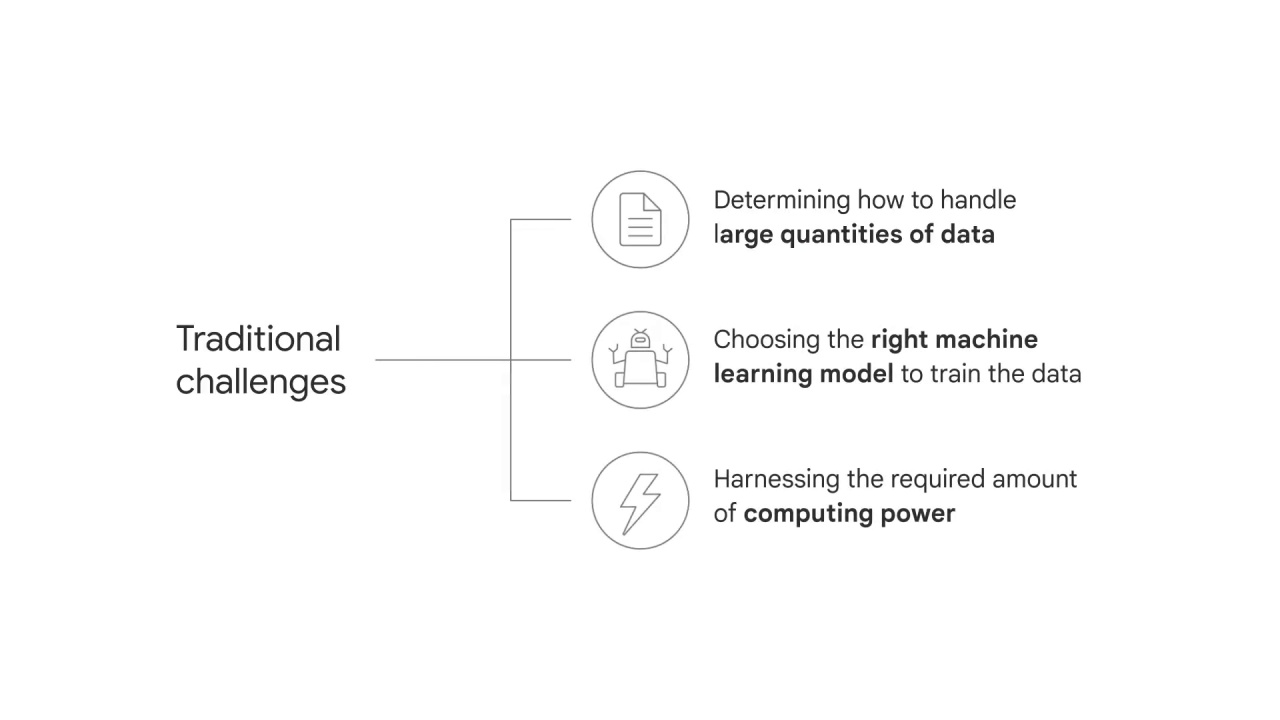
and harnessing the required amount of computing power.
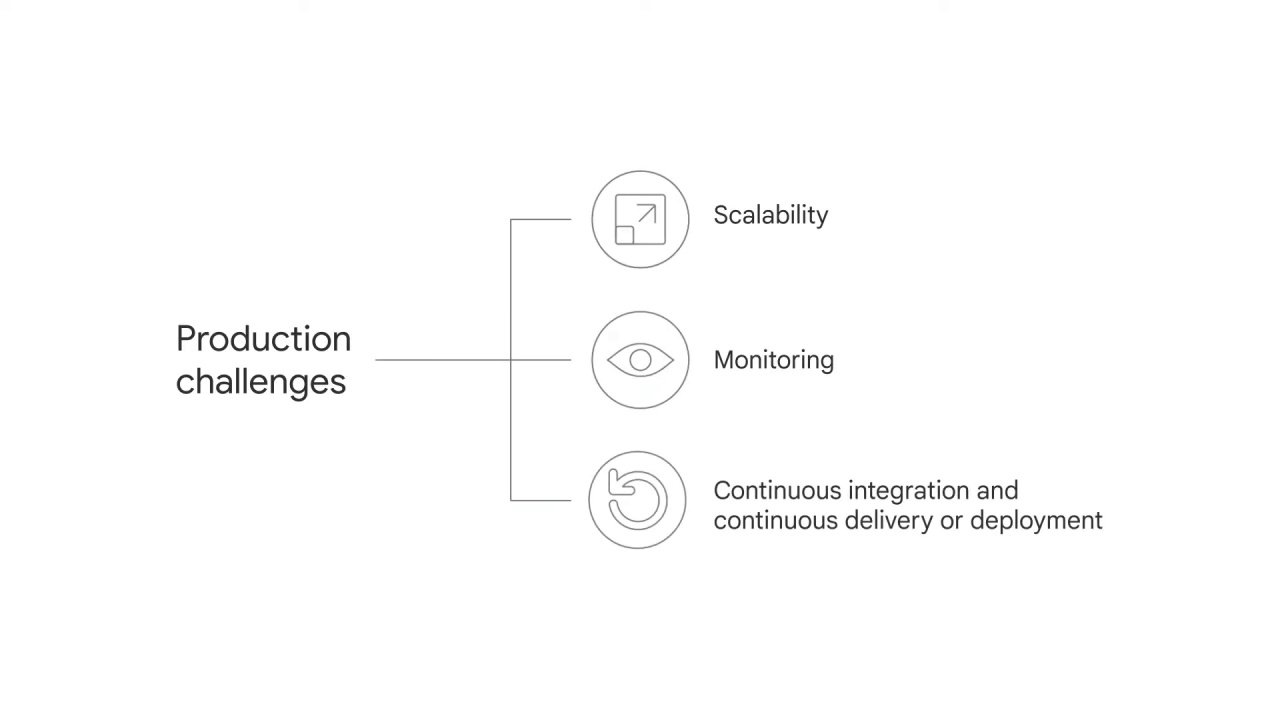
Then there are challenges around getting ML models into production.
Production challenges require
scalability,
monitoring and
continuous integration and delivery or deployment.
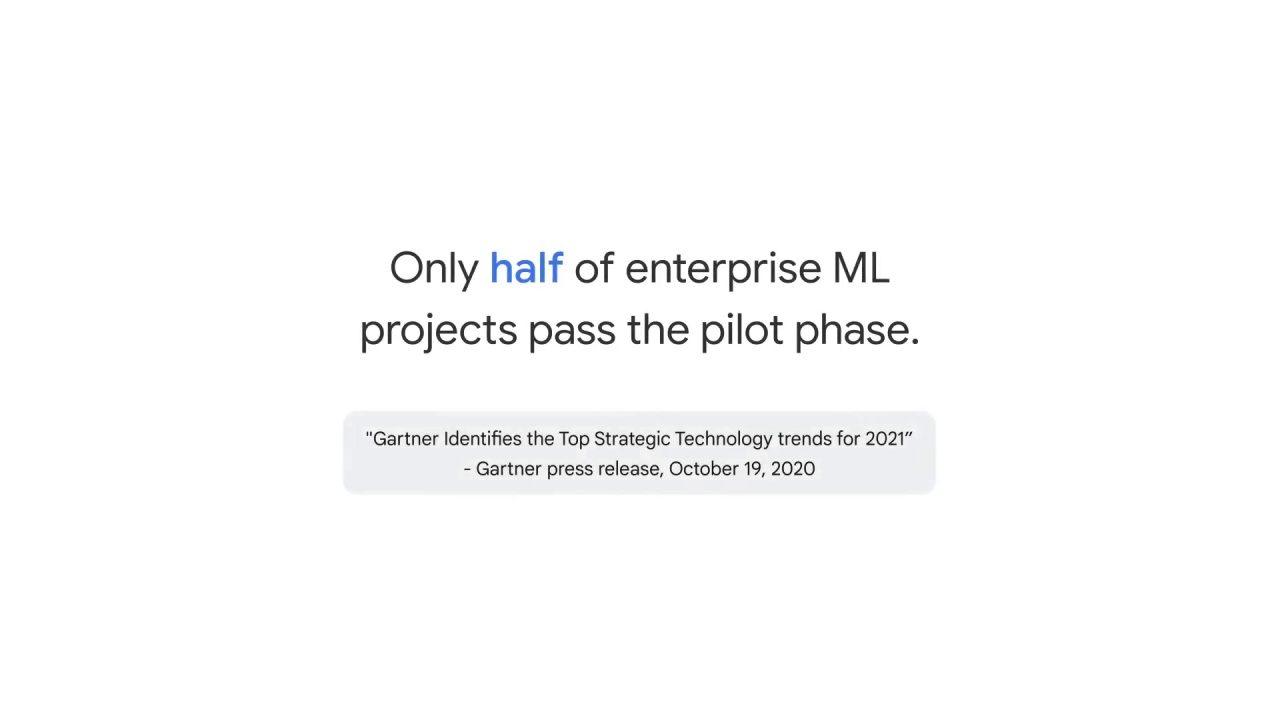
In fact, according to Gartner, __

And finally, there are ease-of-use challenges.
Many tools on the market:
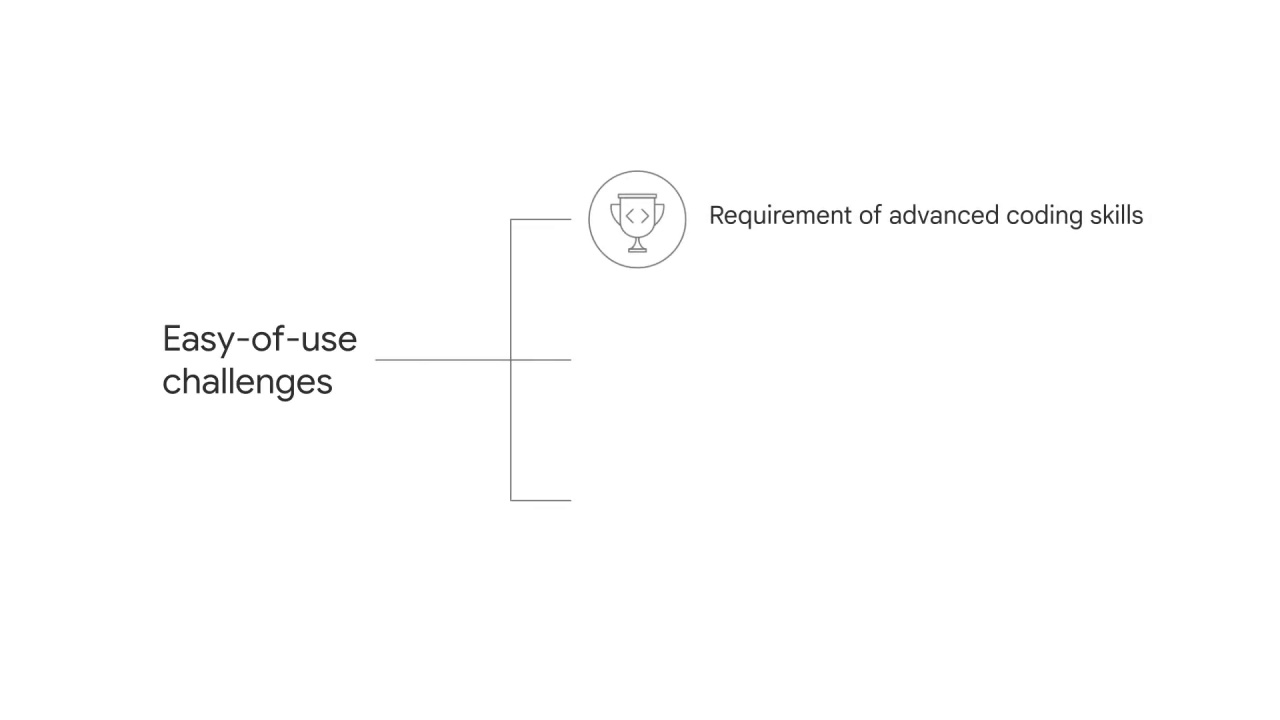
Require advanced coding skills, which can take away the focus of a data scientist from model configuration.
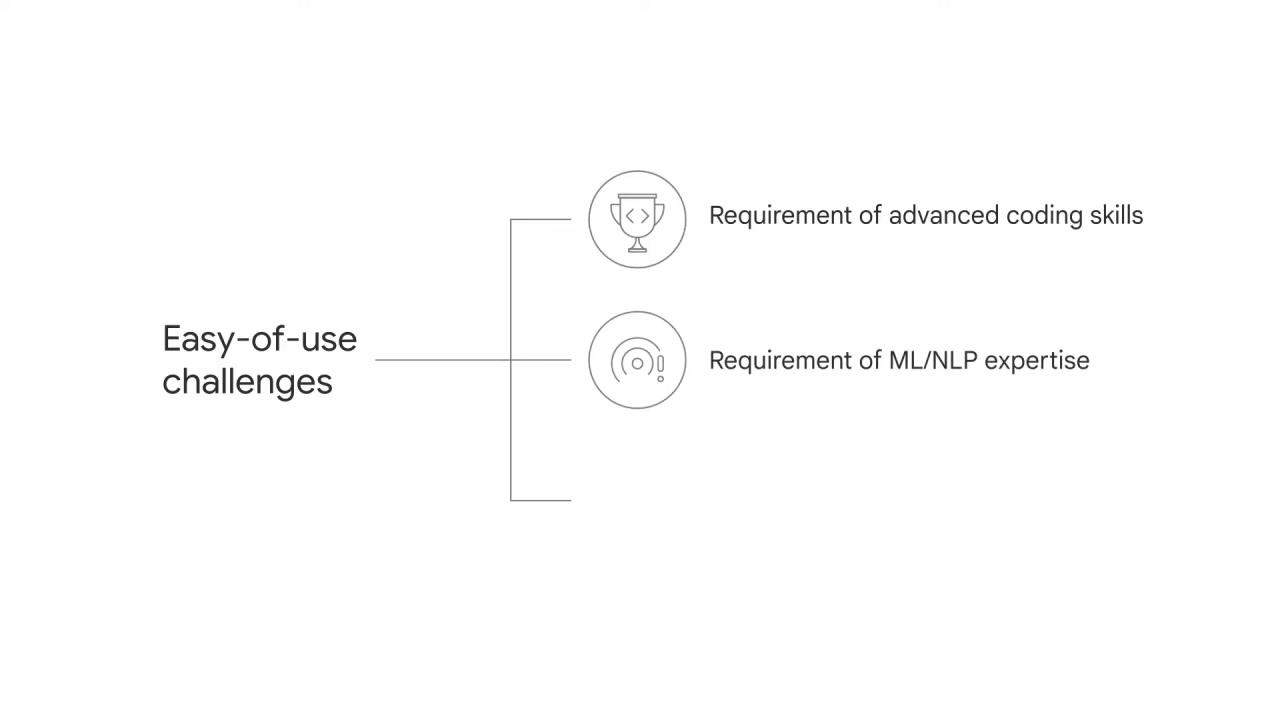
Require expertise in ML and NLP, which is an obstacle for field experts who need to solve practical NLP problems but lack ML knowledge.
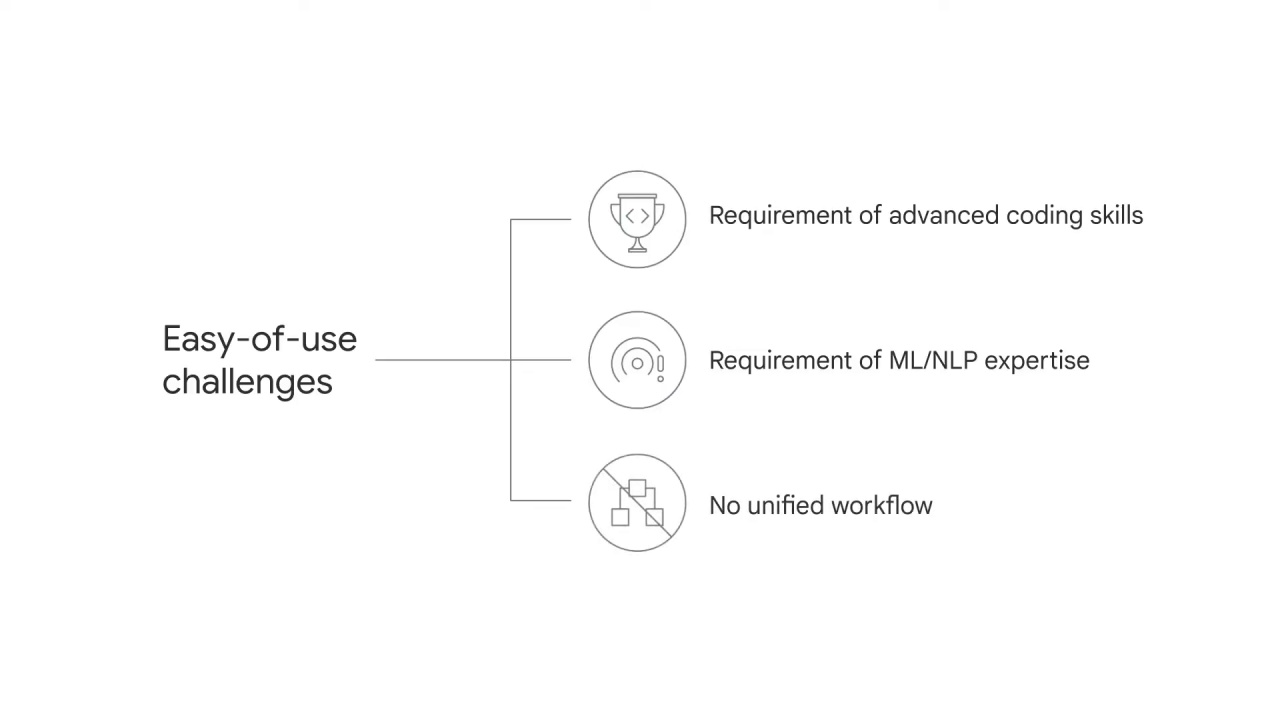
Provide no unified workflow.
A data scientist often has to use multiple tools that are not compatible with each other.
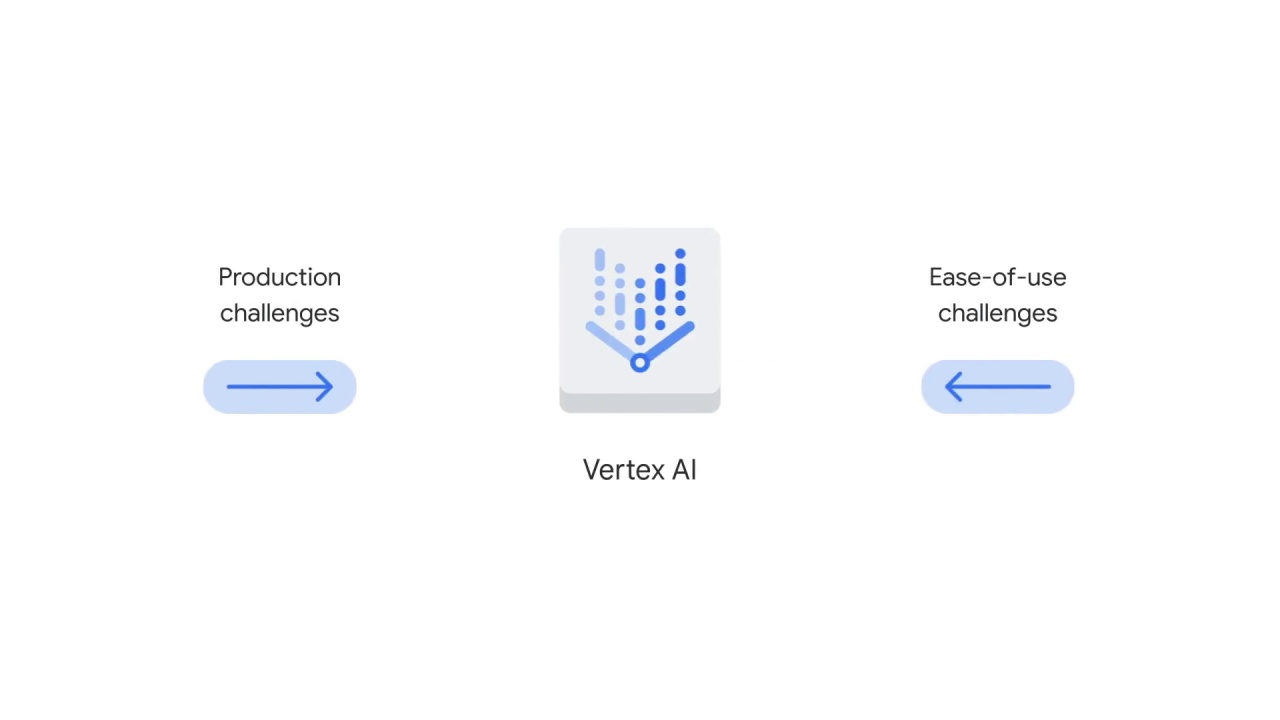
Google’s solution to many of the production and ease-of-use challenges is Vertex AI, a unified platform that brings all the components of the machine learning ecosystem and workflow together.
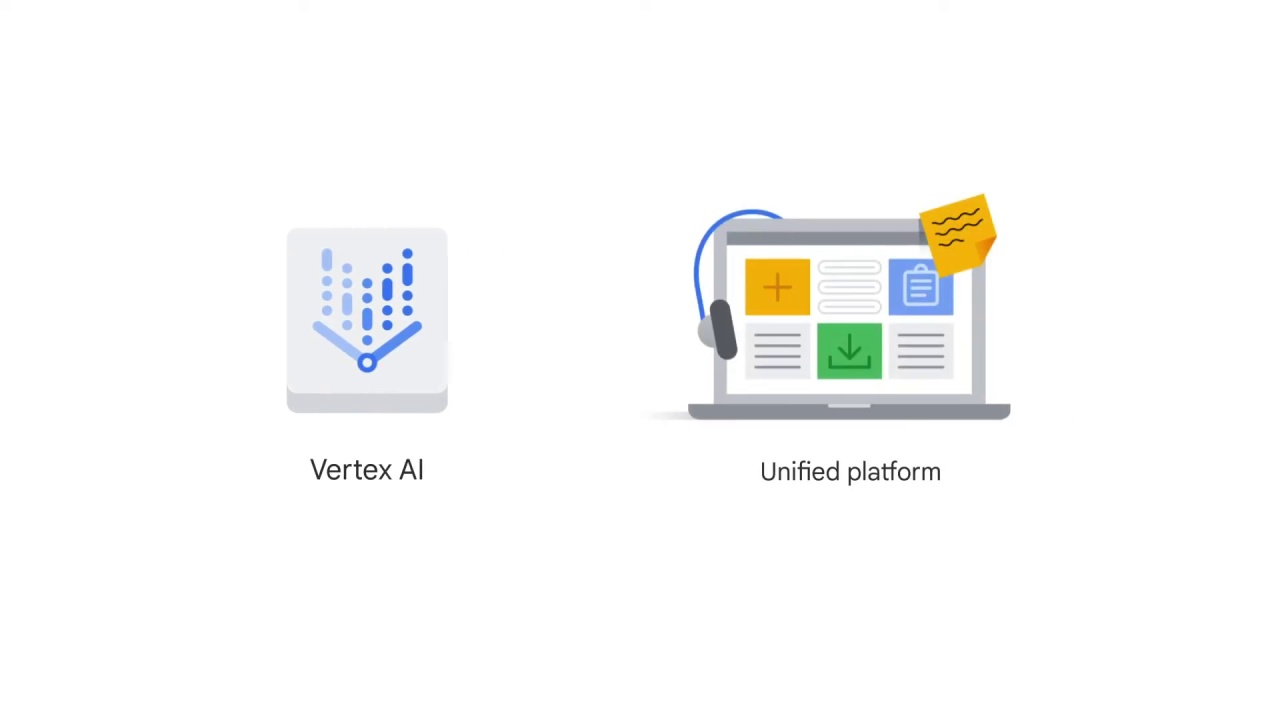
So, what exactly does a unified platform mean?
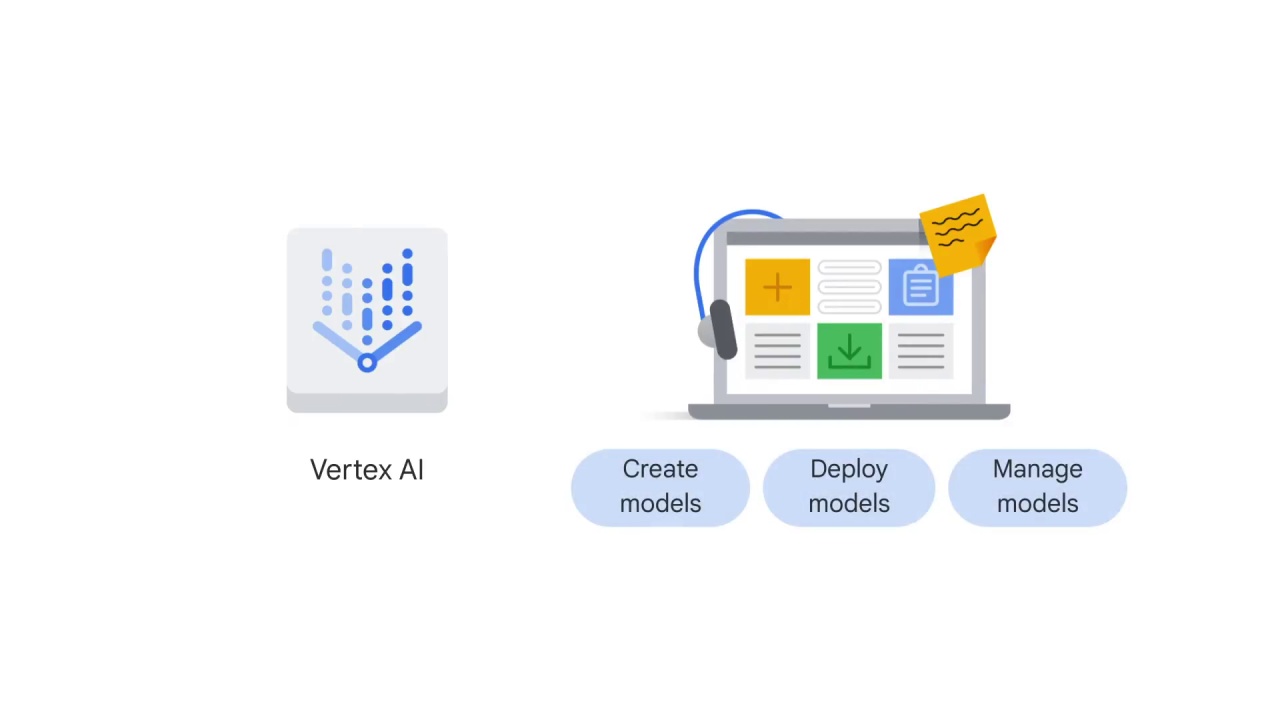
In the case of Vertex AI, it means having one digital experience to create, deploy, and manage models over time and at scale.
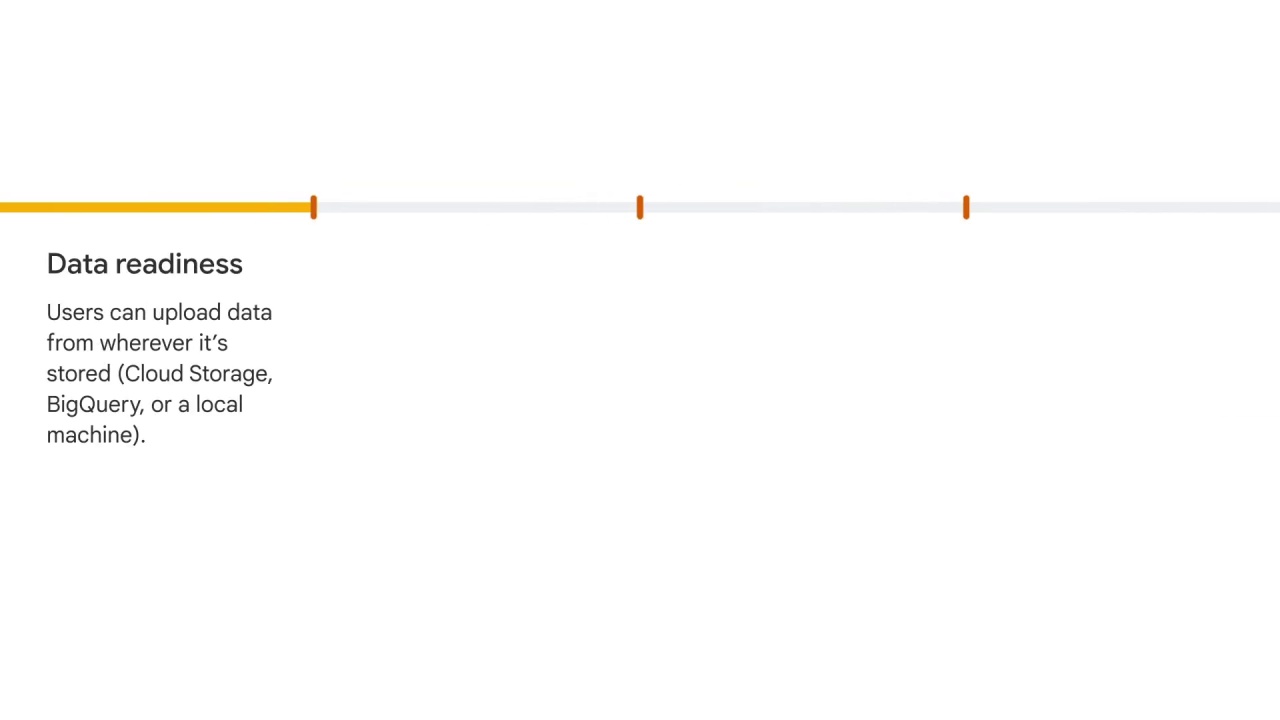
For example, During the data readiness stage, users can upload data from wherever it’s stored (Cloud Storage, BigQuery, or a local machine).
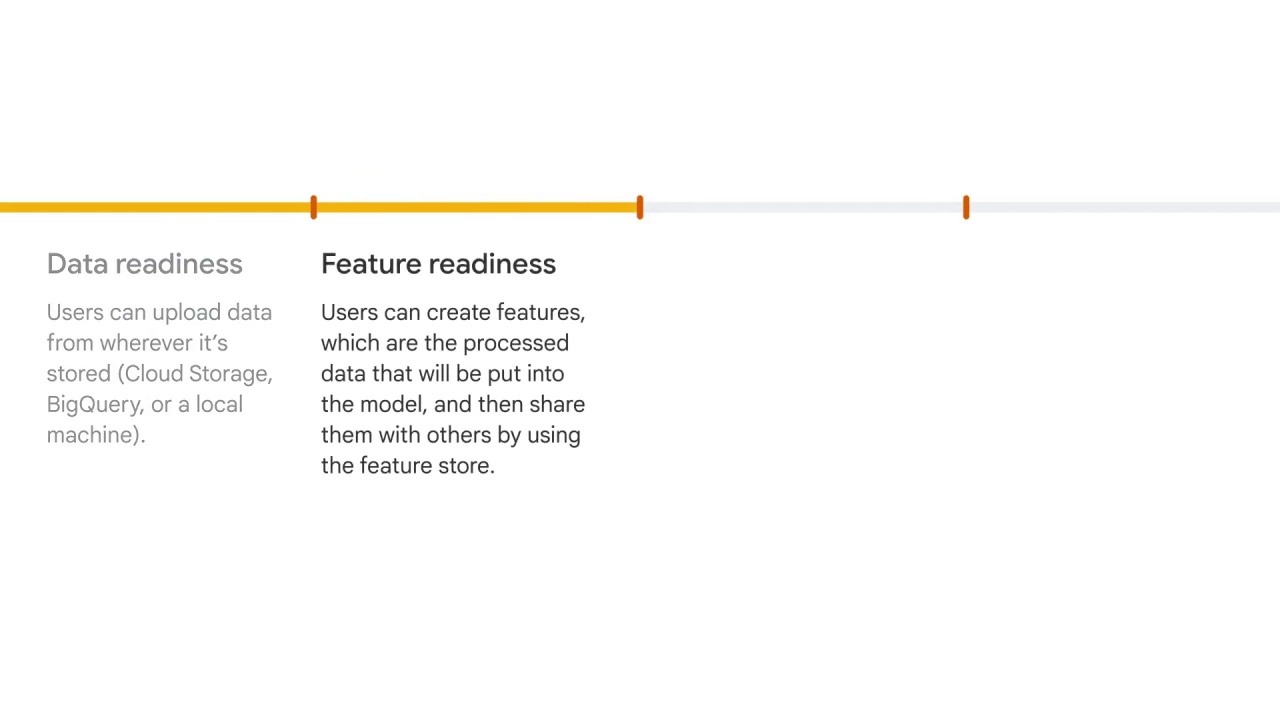
Then, during the feature-readiness stage, users can create features, which are the processed data that will be put into the model, and then share them with others by using the feature store.
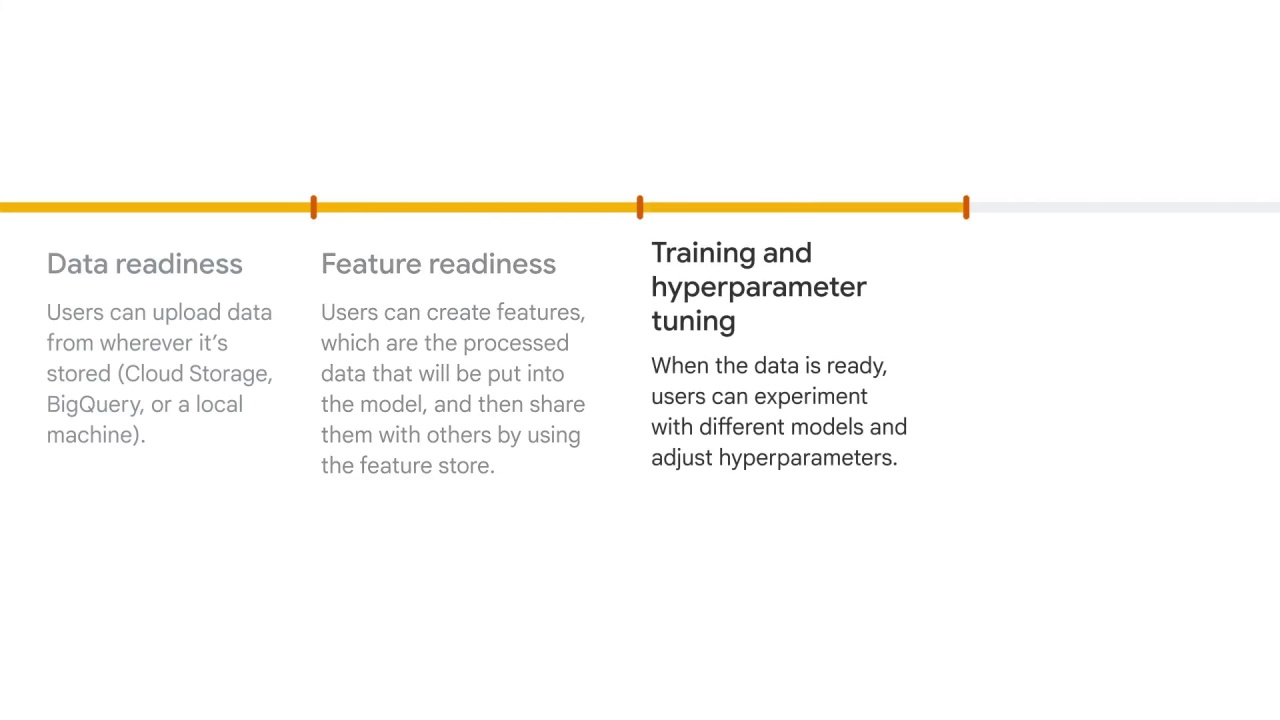
After that, it’s time for training and hyperparameter tuning.
This means that when the data is ready, users can experiment with different models and adjust hyperparameters.
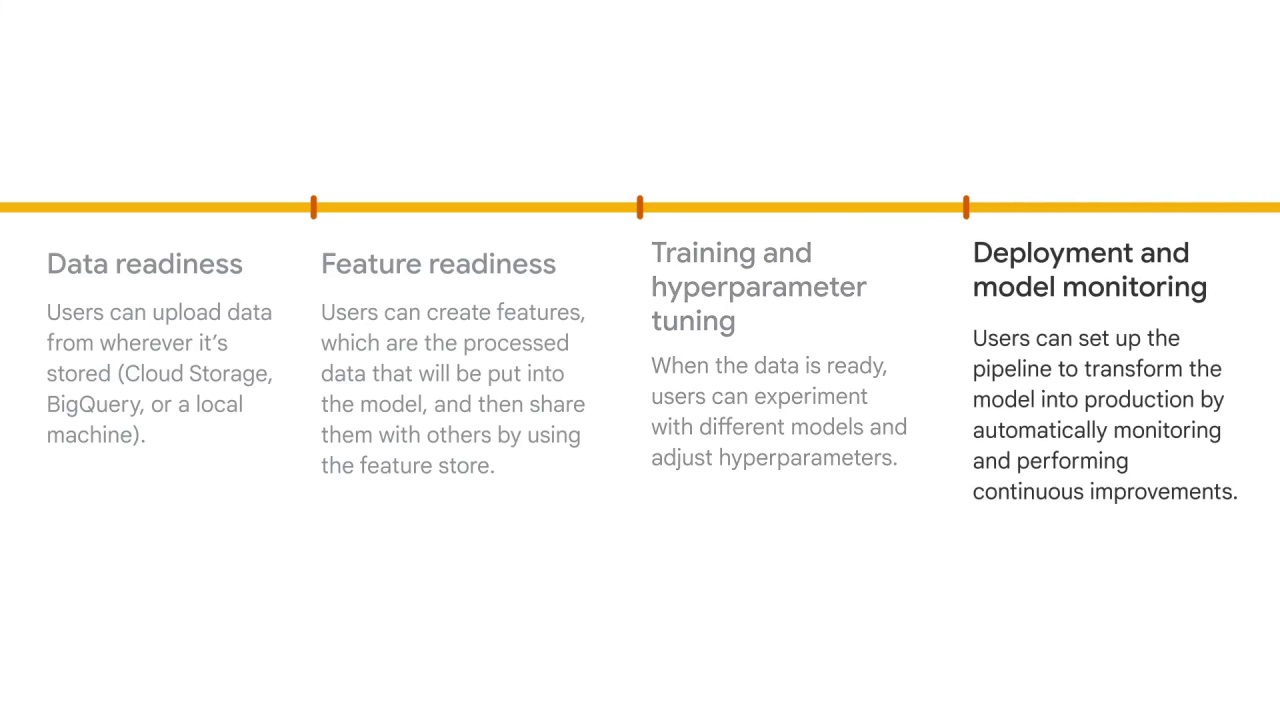
And finally, during deployment and model monitoring, users can set up the pipeline to transform the model into production by automatically monitoring and performing continuous improvements.
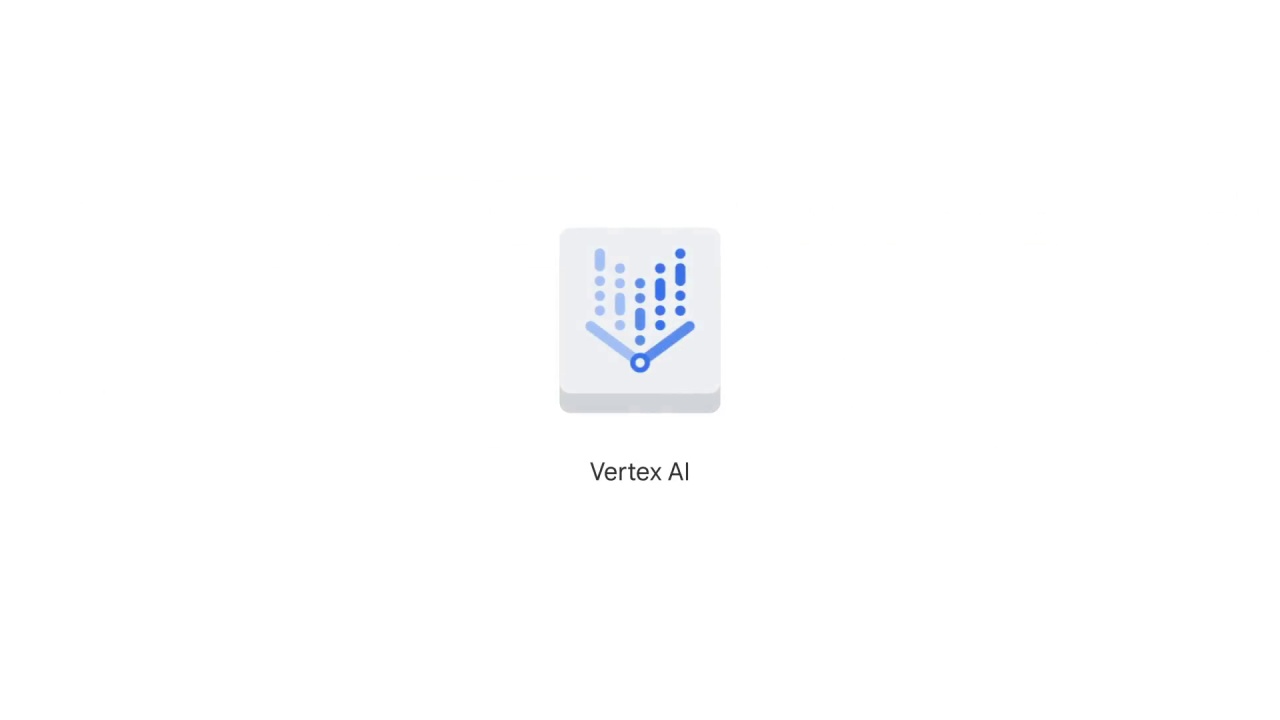
Being able to perform such a wide range of tasks in one unified platform has many benefits.
This can be summarized with four Ss:
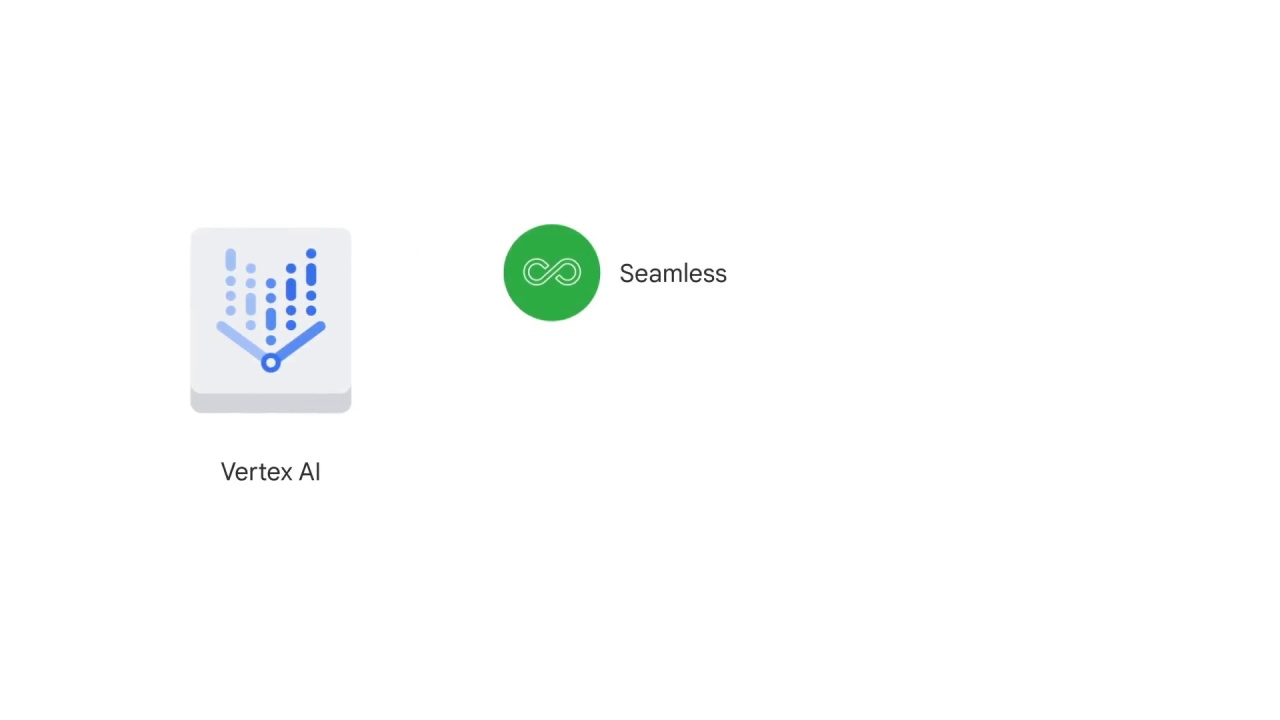
It’s seamless.
Vertex AI provides a smooth user experience from uploading and preparing data to model training and production.
You can complete an end-to-end NLP workflow with one single platform on Vertex AI without having to deal with multiple tools at the same time.

It’s scalable.
The machine learning operations or MLOps provided by Vertex AI help to monitor and manage the ML production; scaling the storage and computing power automatically.
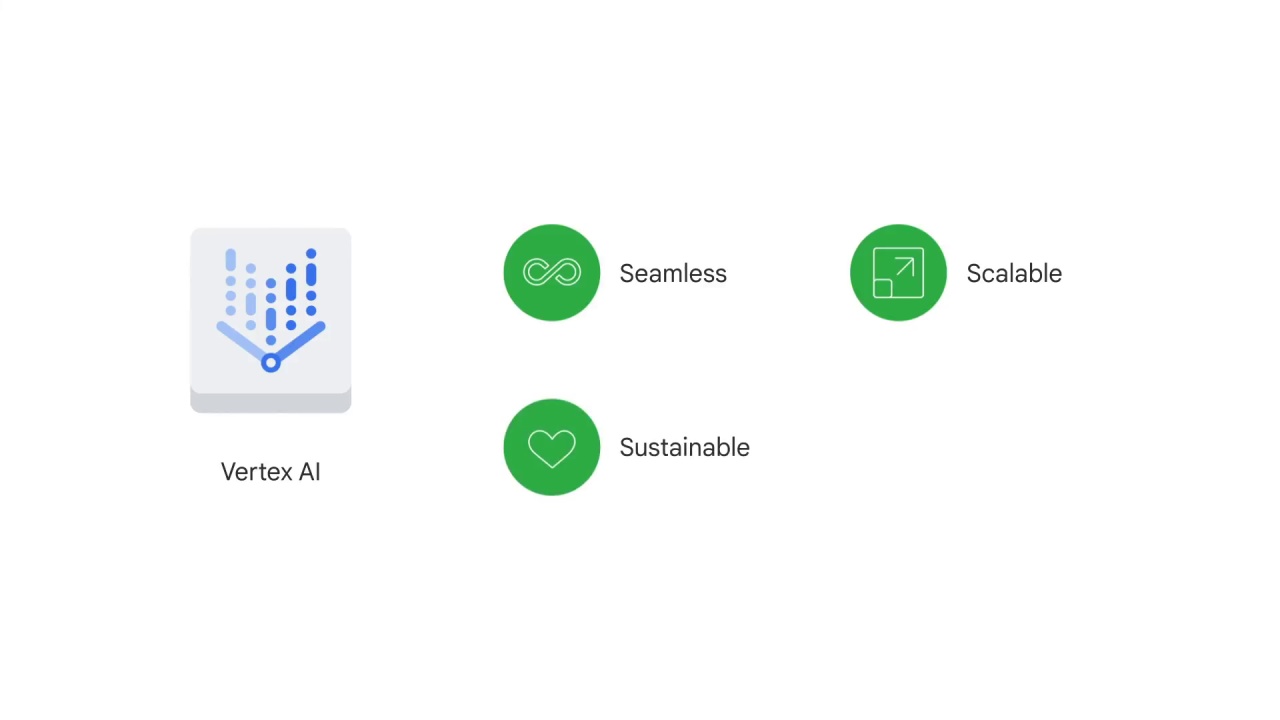
It’s sustainable.
All of the artifacts and features created with Vertex AI can be reused and shared.
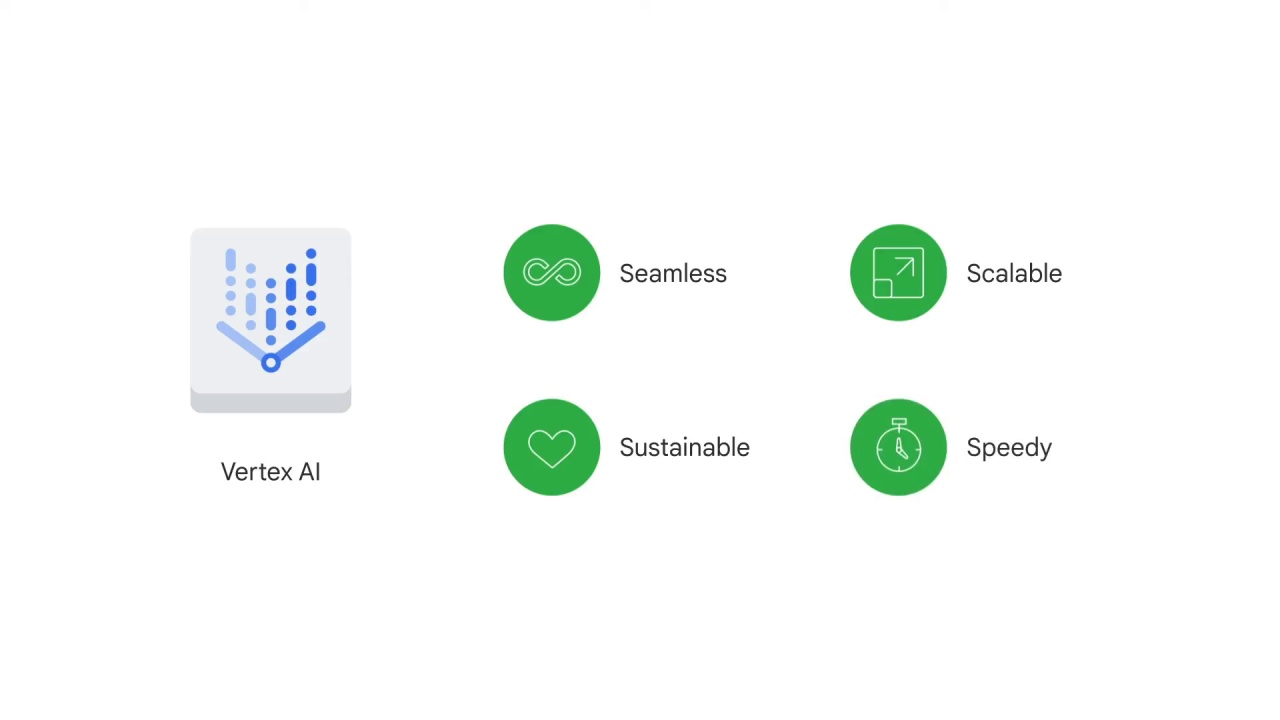
And it’s speedy.
Vertex AI produces models that have 80% fewer lines of code than competitors.
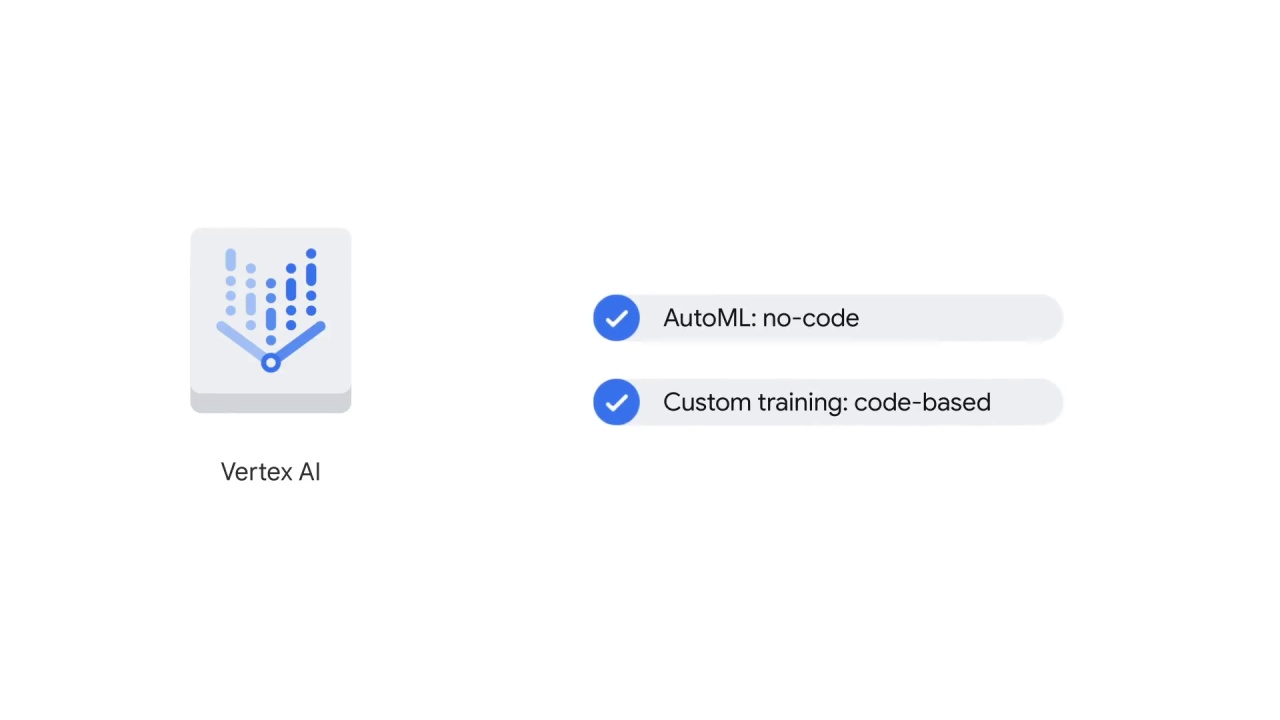
If you refer back to the different options to develop an NLP project, Vertex AI allows users to build NLP models with either AutoML, a no-code solution, or Custom Training, a code-based solution.

Vertex AI provides many features to support the ML workflow, all of which are accessible through either AutoML or Vertex AI Workbench.
Examples include:

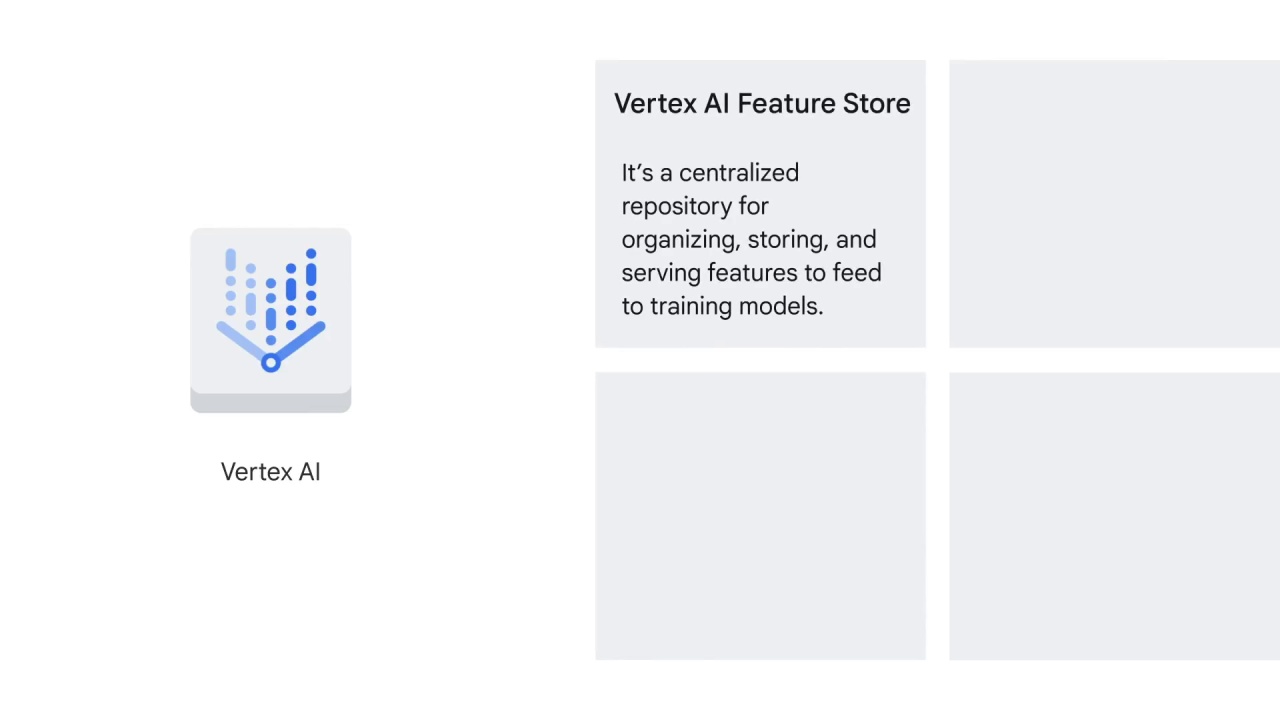
which provides
